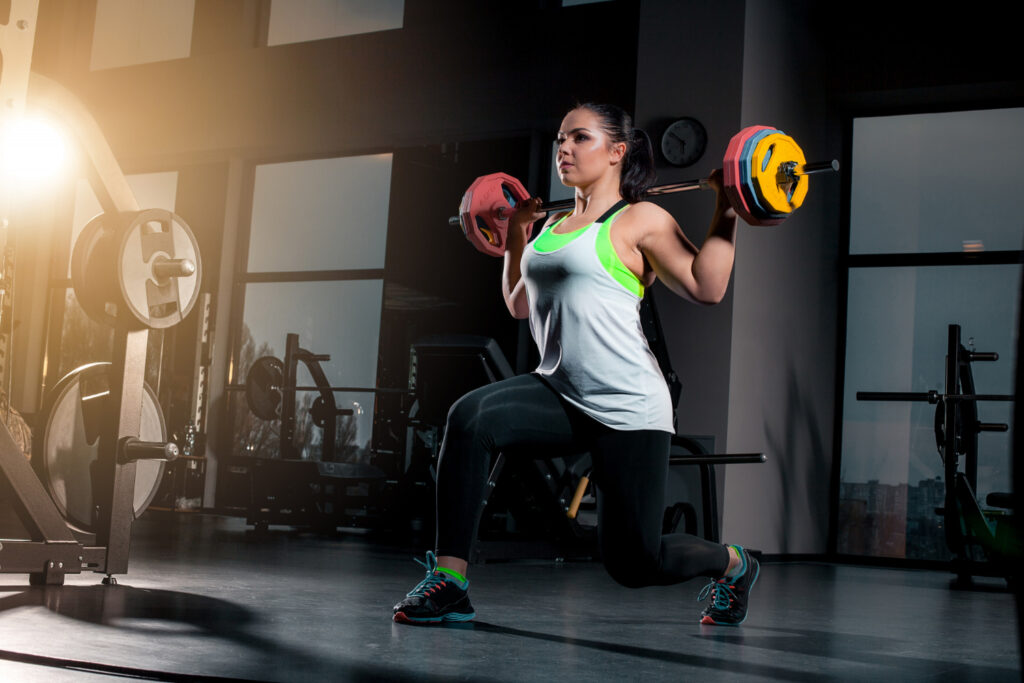Push-ups are one of the most recognized exercises to test upper body strength and endurance. Whether you are preparing for a fitness test, aiming to improve your performance, or simply seeking to get stronger, this comprehensive guide will help you. In this article, we will break down the most effective exercises, supported by expert advice and scientific evidence, to enhance your push-up performance.
Why Push-Ups Matter?
Push-ups are a foundational bodyweight exercise that strengthens the chest, shoulders, triceps, and core. They are often used in military, police, and athletic testing to assess fitness. But beyond passing tests, mastering push-ups enhances overall functional strength, posture, and endurance.
The Science Behind Push-Ups.
Push-ups engage multiple muscle groups simultaneously, making them an efficient exercise for improving upper body strength and endurance. When you perform a push-up, you’re mainly targeting:
- Pectoralis Major (chest): These muscles are responsible for the pushing motion.
- Deltoids (shoulders): Support arm movement and stability.
- Triceps: Aid in elbow extension.
- Core muscles: Stabilize the spine during the movement.
A study published in the Journal of Strength and Conditioning Research found that variations of push-ups, such as decline push-ups or weighted push-ups, can significantly increase muscle activation in the pectorals and triceps. This makes progressive overload an essential strategy for improving push-up capacity.(1)
Exercises to Improve Your Push-Up Test.
To improve your push-up test, it’s important to focus on exercises that strengthen the relevant muscles, improve endurance, and help with form. Below are the best exercises for each category.
1. Standard Push-Ups.
The basic push-up is your foundation. If you’re struggling with the standard form, mastering it first is crucial.
– How to do it: Start in a plank position with your hands shoulder-width apart. Lower your body until your chest nearly touches the ground, keeping your elbows close to your body. Push yourself back up.
2. Incline Push-Ups.
For beginners or those who want to build strength gradually, incline push-ups are an excellent option. By performing push-ups with your hands on an elevated surface, you reduce the load on your upper body while still working the necessary muscles.
– How to do it: Place your hands on a bench, table, or box. Perform push-ups in the same way as a standard push-up, maintaining a tight core and good posture.
– Progression: Gradually lower the height of the incline as you get stronger.
3. Diamond Push-Ups.
Diamond push-ups are a more challenging variation that specifically targets the triceps while still working your chest and shoulders.
– How to do it: Position your hands close together under your chest, forming a diamond shape with your fingers. Perform a push-up by lowering your chest to your hands and pushing back up.
4. Plyometric Push-Ups.
Plyometric exercises are designed to improve power and explosiveness. Adding a jump or explosive element to your push-ups can help build the kind of fast-twitch muscle fibers needed for powerful pushes.
– How to do it: Perform a push-up as normal, but push up with enough force that your hands leave the ground. Catch yourself with soft elbows and go directly into the next push-up.
5. Plank Holds.
A strong core is essential for push-ups, as it helps to maintain proper form and prevents your hips from sagging. Plank holds are one of the best ways to develop core stability.
– How to do it: Get into a plank position with your forearms on the ground, elbows under your shoulders, and hold the position while keeping your body in a straight line from head to heels.
– Tip: Focus on tightening your abs, glutes, and quads during the hold.
6. Dumbbell Bench Press.
While bodyweight exercises are effective, incorporating weights can help accelerate progress by targeting the same muscles used in push-ups, especially the chest and triceps.
– How to do it: Lie on a bench with a dumbbell in each hand, palms facing forward. Lower the weights to chest level, then press them back up until your arms are straight.
– Why it works: The bench press mimics the pushing motion of a push-up and can be used to progressively overload the chest muscles.
7. Negative Push-Ups.
Negative push-ups focus on the eccentric part of the movement (lowering your body), which helps build strength over time. This is a particularly effective method if you’re struggling with push-ups or want to break through a plateau.
– How to do it: Start at the top of a push-up and slowly lower your body to the ground over 5-7 seconds. Once you’re at the bottom, either push up or return to the top by dropping to your knees.
Expert Interview: Overcoming Push-Up Challenges.
I had the opportunity to sit down with Coach Anna Lewis, a strength coach with over 20 years of experience training individuals for military and police fitness tests. Here’s what she had to say about overcoming common push-up challenges:
Q: What are the most common issues people face with push-ups, and how can they fix them?
“The two biggest issues I see are poor form and lack of core strength. Many people let their hips sag or flare their elbows out too wide, which puts unnecessary strain on the shoulders. Focusing on proper form and engaging the core is key. I also recommend starting with modified push-ups if you’re struggling to complete standard ones. Build gradually.”
Q: How should someone prepare for a push-up test if they only have a few weeks?
“In the short term, frequency is important. I advise doing push-ups every day or every other day, but without overtraining. Mix in variations like incline or diamond push-ups, and don’t forget your core work.”
Scientific Insights into Push-Up Training.
According to a study in The Journal of Applied Physiology, progressive overload through variations like weighted push-ups or increasing volume over time is the most effective way to increase muscular strength and endurance in push-up training.(2)
Additionally, the research suggests that rest and recovery are critical, as muscle fibers need time to repair and grow stronger after training.
Frequently Asked Questions.
This depends on the specific test requirements, but typically, men need to perform 30-50 push-ups in one minute, while women may be required to do 20-35 push-ups.
Yes, you can make significant improvements in two weeks by practicing push-ups frequently, focusing on form, and adding variations. However, to see more substantial gains, aim for at least 4-6 weeks of consistent training.
Training push-ups every day can lead to overtraining and fatigue if you’re not careful. It’s better to do them every other day, allowing time for muscle recovery.
Make sure your hands are placed just outside shoulder width, and keep your elbows at about a 45-degree angle from your torso. If you feel shoulder pain, double-check your form, and consider adding exercises like face pulls to strengthen your shoulders.
Knee push-ups can be helpful for beginners to build strength. However, you should progress to full push-ups as soon as you can, as they engage more muscles.
Bottom Line.
Improving your push-up test performance takes time, consistency, and the right combination of exercises. By incorporating the exercises and tips discussed in this guide, you will be well on your way to mastering push-ups and achieving your fitness goals.
Remember, progress may come gradually, but with dedication and the right approach, you’ll be surprised at how much stronger and more confident you become in your push-up ability!
+2 Sources
FitToFar has strict sourcing guidelines and relies on peer-reviewed studies, educational research institutes, and medical organizations. We avoid using tertiary references. You can learn more about how we ensure our content is accurate and up-to-date by reading our editorial policy.
- Muscle Activation during Push-Ups with Different Suspension Training Systems; https://pmc.ncbi.nlm.nih.gov/articles/PMC4126284/
- Whole-body vibration training increases muscle strength and mass in older women: A randomized-controlled trial; https://www.researchgate.net/publication/24408675_Whole-body_vibration_training_increases_muscle_strength_and_mass_in_older_women_A_randomized-controlled_trial

 Workout
Workout
 Meditation
Meditation




 Contact Us
Contact Us






















